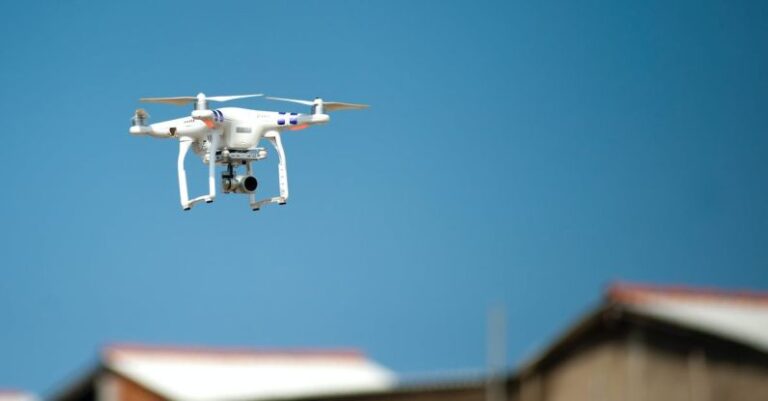
Robotics technology has made significant advancements in recent years, revolutionizing various industries and transforming the way we live and work. From automated manufacturing processes to sophisticated surgical procedures, robots have become an integral part of our lives. However, despite these advancements, current robotics technology still faces several limitations that hinder its full potential. In this article, we will explore some of the key challenges that present obstacles to the further development and widespread adoption of robotics technology.
Challenges in Mobility and Navigation
One of the primary limitations of current robotics technology lies in the area of mobility and navigation. While robots have made great strides in moving and operating within controlled environments, they still struggle in unstructured and dynamic settings. Navigating complex terrains, avoiding obstacles, and adapting to unforeseen circumstances remain significant challenges for most robots. This limitation prevents robots from effectively performing tasks outside of highly controlled environments, limiting their utility in real-world applications such as search and rescue missions or exploration.
Limited Dexterity and Manipulation Abilities
Another critical limitation of current robotics technology is the lack of dexterity and manipulation abilities in robots. While robots excel at repetitive and precise tasks, they often struggle with tasks that require fine motor skills and delicate manipulation. This limitation restricts the range of tasks that robots can perform effectively, particularly in fields such as healthcare and logistics where precise manipulation is crucial. Developing robots with enhanced dexterity and manipulation abilities is essential to expanding their capabilities and enabling them to perform a wider range of tasks autonomously.
Sensory and Perception Challenges
Robots heavily rely on sensors and perception systems to interact with their environment and make decisions autonomously. However, current robotics technology still faces challenges in developing robust and reliable sensory and perception systems. Limited sensor capabilities, inconsistent data interpretation, and environmental noise can all impede a robot’s ability to perceive and understand its surroundings accurately. Improving the sensory and perception capabilities of robots is crucial for enhancing their autonomy and enabling them to operate effectively in diverse and complex environments.
Human-Robot Interaction Limitations
As robots become more integrated into various aspects of society, the ability to interact effectively with humans is becoming increasingly important. However, current robotics technology still struggles to enable seamless and intuitive human-robot interactions. Issues such as natural language processing, emotion recognition, and social cues pose challenges for robots in understanding and responding to human communication and behavior. Enhancing human-robot interaction capabilities is essential for fostering acceptance and adoption of robots in everyday settings such as homes, workplaces, and public spaces.
Power and Energy Constraints
Power and energy constraints present significant limitations for current robotics technology, especially for mobile and autonomous robots. Limited battery life, inefficient energy consumption, and the challenges of recharging or refueling can restrict the operational capabilities and endurance of robots. Overcoming these limitations requires advancements in energy-efficient design, power management systems, and alternative energy sources to enable robots to operate for extended periods without frequent recharging or downtime.
Integration and Interoperability Challenges
In many applications, robots need to work collaboratively with other robots or systems to achieve complex tasks efficiently. However, current robotics technology often faces challenges in integration and interoperability between different robotic platforms and systems. Varying communication protocols, incompatible software interfaces, and limited standardization can hinder the seamless coordination and cooperation of robots in multi-robot systems. Addressing these integration and interoperability challenges is essential for enabling robots to work together effectively and unlock the full potential of collaborative robotics applications.
Future Prospects and Opportunities
Despite these limitations, the field of robotics continues to advance rapidly, driven by ongoing research and technological innovations. Emerging technologies such as artificial intelligence, machine learning, and advanced materials hold the potential to overcome many of the current limitations of robotics technology. By addressing key challenges in mobility, manipulation, perception, human-robot interaction, energy efficiency, and interoperability, researchers and engineers can pave the way for the next generation of robots with enhanced capabilities and versatility. As robotics technology continues to evolve, it is essential to address these limitations to unlock new opportunities for robots to revolutionize industries, enhance human capabilities, and shape the future of automation and autonomy.





